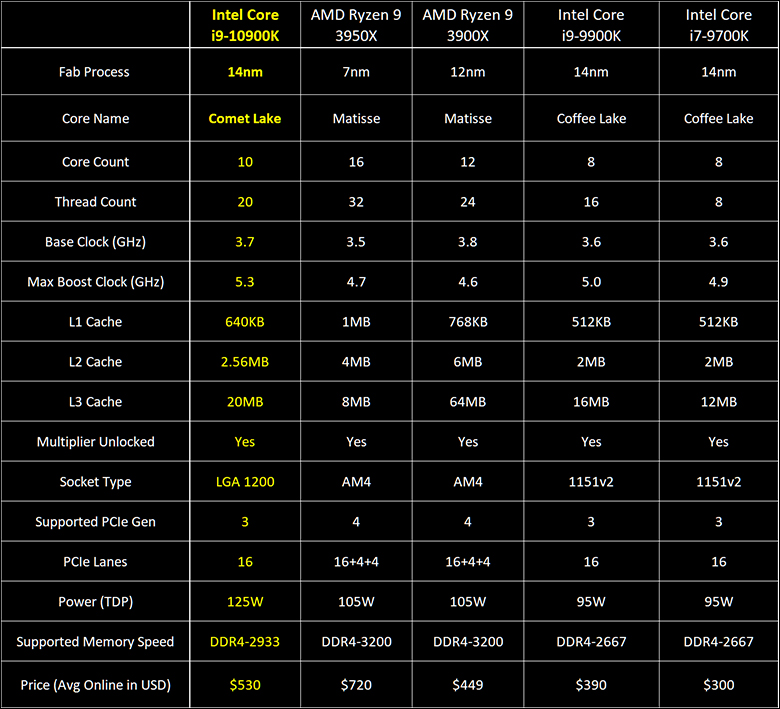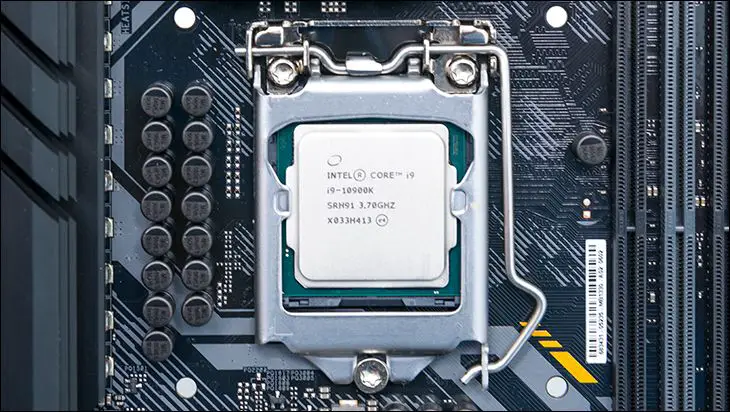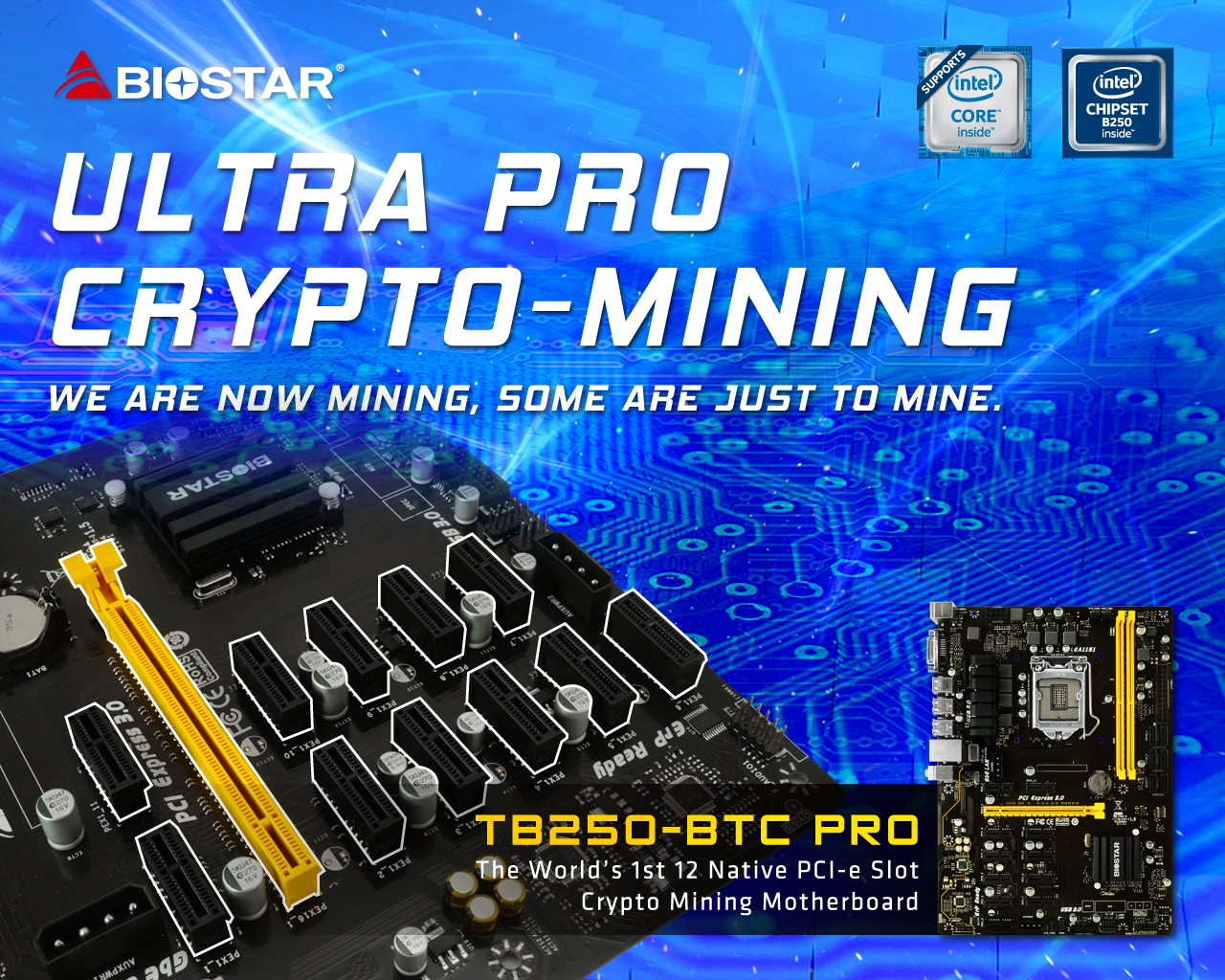With the announcement that Intel has promised to release their 11th generation “Rocket Lake” Core series in Q1 of 2021 we felt it would be a great time to take a long close look at Intel’s 10th generation models. In the coming months these (soon to be) ‘last generation’ models may just prove to be excellent choices offered at closeout sale prices or even lower via the secondhand reseller market… aka everything we like to see in any computer component. Today’s review, the first in a two-part series, will focus in on Intel’s consumer CPU division’s “flagship” model: the Intel Core i9 10900K. For a few reasons this particular CPU has gotten the short end of the stick with many, many reviews spending more time on controversy and click bait headlines rather than giving unbiased opinion on it.

We here at RealHardwareReviews are manufacture agnostic. We believe fan clubs are for sports, not tools, and have zero interest in joining either ‘Team Red’ or ‘Team Blue’. Turning PC parts into a team sport is how we end up with monopolies. So, while we did indeed obtain this processor via a short-term loan direct from Intel, that really does not mean much to us. All it means is we cannot push it as hard as we would if we had purchased it via our wholesaler connections. In other words, do not worry. We will be judging this ten-core processor on a few basic metrics. None of which include ‘how to get moar free parts’ or any variation on that theme. We don’t play games like that. Ever.
These metrics all boil down to a few basic questions. Who is this CPU right for? Who is not optimal for? Lastly, does it deserve the bad rap it has gotten? The last had to be added as if you listen to some YouTube ‘influencers’ it is based on ‘old tech’ (e.g. “14nm+++++++++++++++++++”) that is unworthy of gracing anyone’s system. We find that a wee bit hard to believe as it is a ten core/ twenty thread processor with excellent IPC. A ten core CPU that comes out of the box configured to hit 5.3Ghz when one core is active, 5.2Ghz when two cores are stressed (Turbo Boost 3.0), and cruise along at 4.8 (turbo boost 3.0) to 4.9Ghz (Thermal Velocity Boost) when all twenty threads are being hammered. Mix in an online average asking price of only $530 and that sounds like a lot of bang for the buck, and probably will get even better once the 11th generation lands. So let’s dig in and see what this CPU really can do.










